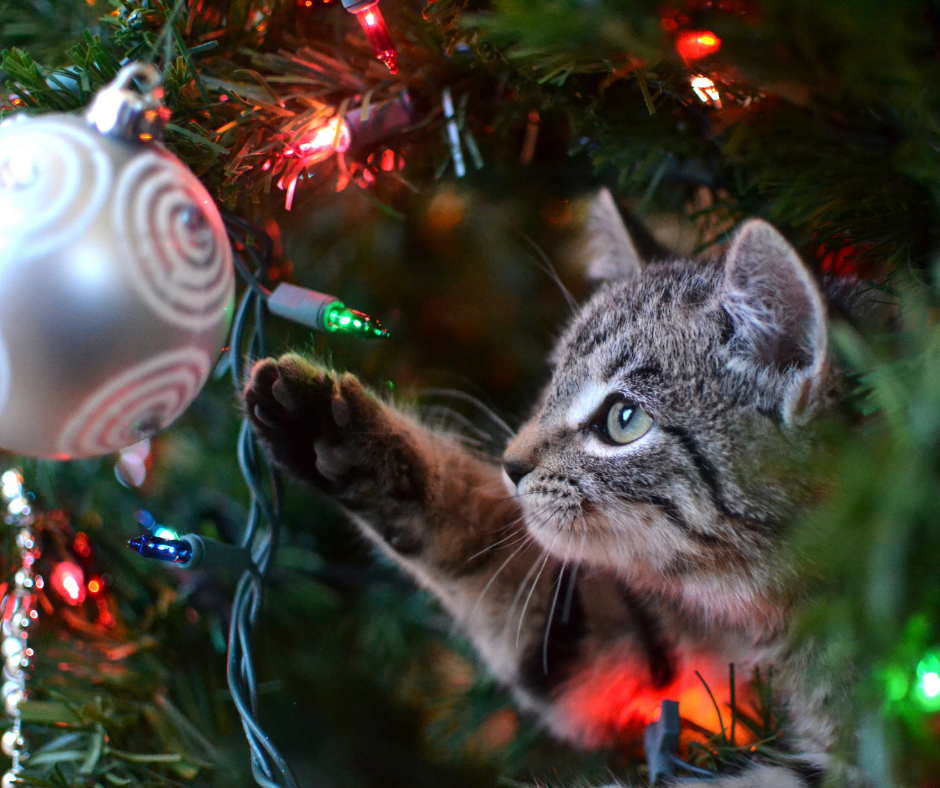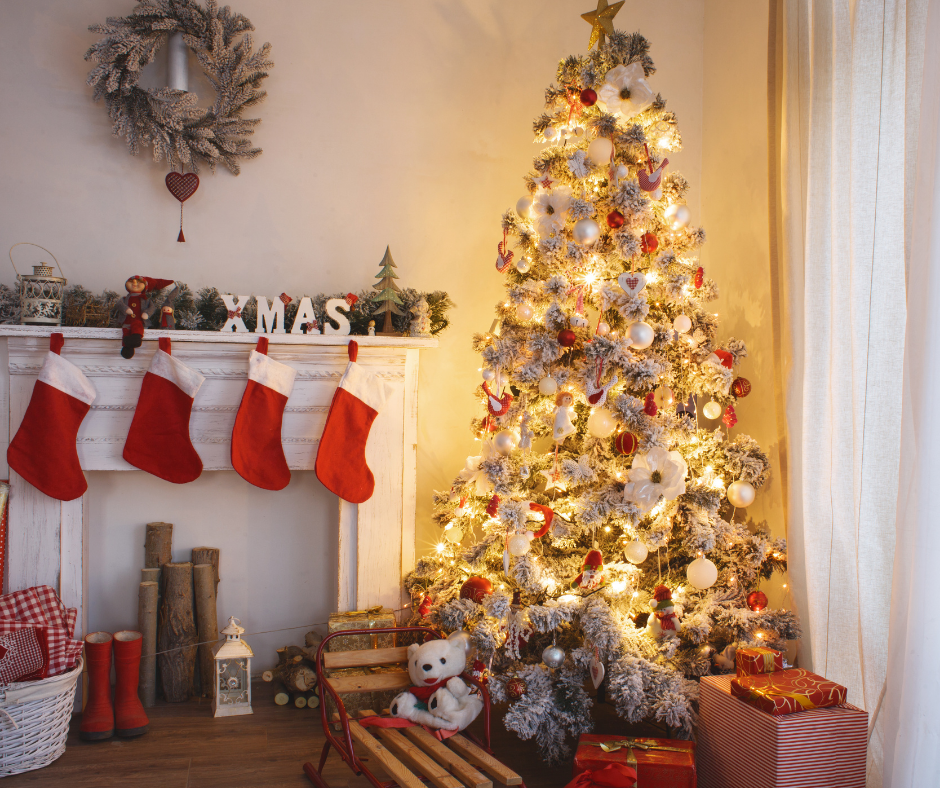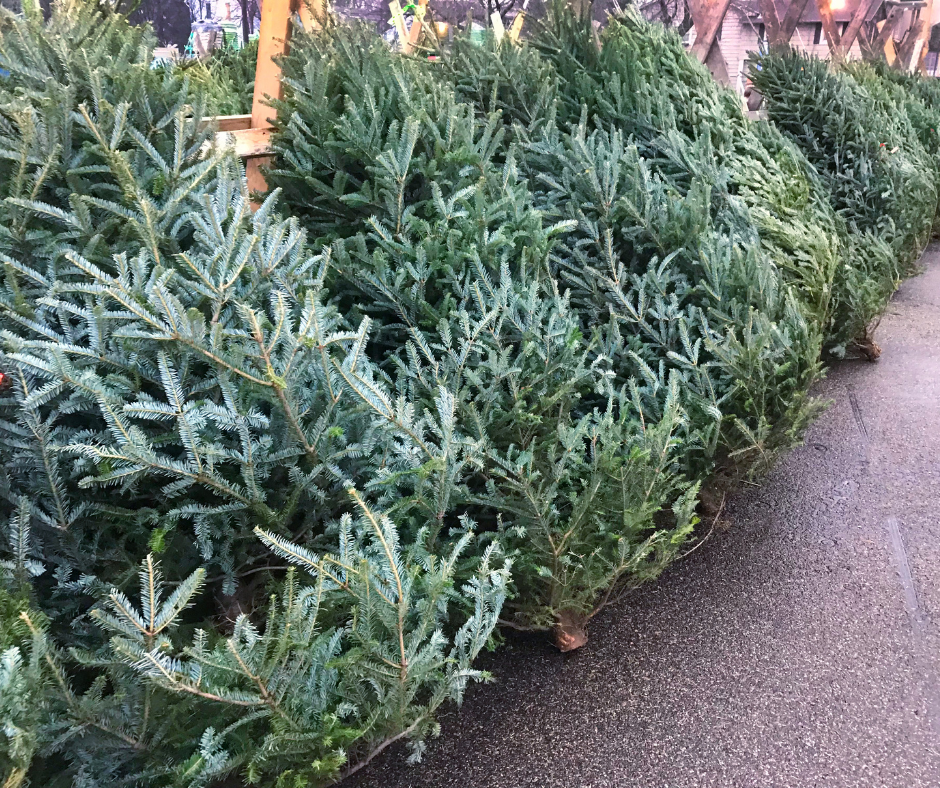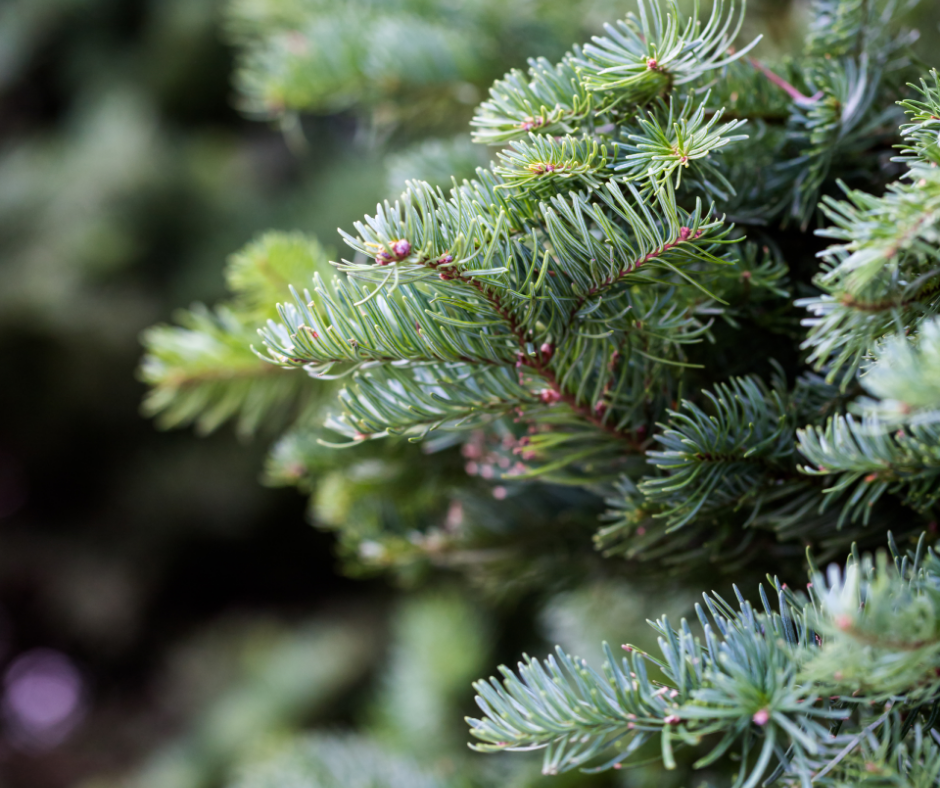Published on December 11, 2020
Which is better…real or artificial?
Let’s talk about the pros and cons of Christmas trees!
Growing up, all I ever knew was artificial Christmas trees. My family had the same tree for most of my life, so it was expected, and I thought that was the norm. At my last Christmas at home before I moved out on my own, I begged my parents to get a real Christmas tree. I wanted to see what it was like! They eventually agreed, and we had our first real Christmas tree.
I was sold! I thought it was fun to pick the tree out, and I loved being surrounded by the wonderful smell! I don’t care how many candle manufacturers try to replicate the smell of a Christmas tree; none of them come close to capturing the soft, cozy, pine scent. I’m a nature lover, so it’s no surprise that I loved being immersed in the natural beauty and smells of a real Christmas tree.
The cats loved it too! One day, my mom went over to put something under the tree, and when she straightened back up, she came to face to face with a set of eyes staring out at her! For the rest of the holiday season, we knew to check the tree if we couldn’t find the cat.

After I moved out, my parents went back to their artificial tree. They liked the convenience of it, and it was less hassle for them. I continued to buy a real tree every year…until two years ago. The environment has become a passion of mine over the years, and I thought having an artificial tree would be more sustainable for the environment, so I opted to get an artificial tree and forgo buying a real tree every year.
This year, in a year that has been tough on everyone and in ways most of us never imagined, I was thinking of getting a real tree again to give me that extra spark of holiday spirit and cheer. I’ve seen so many posts over the years that argue about which type of tree is better for the environment, so I decided to do my own research.
If you’re short on time, I’ll go ahead and let you know that real Christmas trees are the way to go, BUT…there’s always a but. If you’d like to know the reasons and what the but is, keep reading.
Let’s start off with some facts from The American Christmas Tree Association about Christmas trees:

1. Most Christmas trees are grown on tree farms…for the sole purpose of being Christmas trees! Some wild trees may be cut down for holiday use, but federal forests are regulated by the US Forest Service, which limit the amount that can be cut down.
2. Artificial trees are not as bad for the environment either. While the production of artificial trees do use a lot of resources and shipping the trees to stores all around the world do increase carbon emissions, a 2010 study by PE International, a consulting company that studies environmental sustainability in numerous industries, found that depending on how a real tree is disposed of, an artificial tree would only have to be used for approximately 4 years before there was a net benefit with regard to contribution to global warming.
So, what does that mean?
REAL TREE PROS AND CONS
Pros of a real tree (according to The Nature Conservancy):

PRO: Real trees help fight climate change, and even though your Christmas tree is cut down, you’re actually supporting forests.
PRO: Real trees don’t require the intensive carbon emissions that it takes to produce and ship artificial trees.
PRO: Buying real trees will help keep tree farms in business. This keeps their lands covered in the healthy forest habitat that wildlife depends on to survive.
PRO: For every tree purchased, farmers plant 1-3 seedlings in its place.
PRO: Real trees can be recycled. A quick Google search can lead you to how to recycle real trees in your area!
PRO: They smell amazing!
Cons of a real tree:
CON: Possible allergies for people who are sensitive to trace amounts of pollen, and there may be some dust or mold which can be washed off with a garden hose before bringing it in.
CON: If you’re a cat owner, you may lose some ornaments when they become cat toys
ARTIFICIAL TREE PROSE AND CONS

Pros of an artificial tree:
PRO: They are handy and convenient. You don’t have to have a treacherous Clark Griswold-like experience when picking out a real tree.
PRO: It saves money. Artificial trees are costly upfront, but if the same tree is used for years to come, it could save money in the long run.
PRO: A 2010 study by PE International found that, depending on how a real tree is disposed of, if a household uses an artificial tree for at least 4 years, its carbon footprint (with regard to real Christmas trees) will be smaller than that of a household that purchases a real tree every year.
Cons of an artificial tree:
CON: Most of the artificial trees on the market are made of PVC, plastic, and steel in China and shipped to the United States — and eventually sent to a landfill.
CON: If you’re a cat owner, you’re still losing some ornaments…doesn’t matter what type of tree it is…

The pros and cons of each seem pretty even, and depending on who you ask, an argument can be made for either type of tree. If an artificial tree is used for numerous years then it could be more environmentally friendly than getting a real tree every year, especially if that tree was trucked in from a long distance and if it is trashed at a landfill every year. If your real tree is grown locally and is able to be recycled, then the real trees are more environmentally friendly. There are two sides to every coin. For this coin, be vigilant and do some research on your local trees and makes some decisions on how long you plan to use your artificial tree before you decide. ‘And if you do decide to get rid of your artificial tree, donate to a thrift shop instead of trashing it. It may be perfect for someone else!
As for me, I’m going to continue using my artificial tree and alternate with a real, local tree every few years. It’ll make the real tree more special, I can support local tree farmers, and I can use my artificial tree for years to come. Happy Holidays!
Written by Lisa Bolen, Public Information Specialist